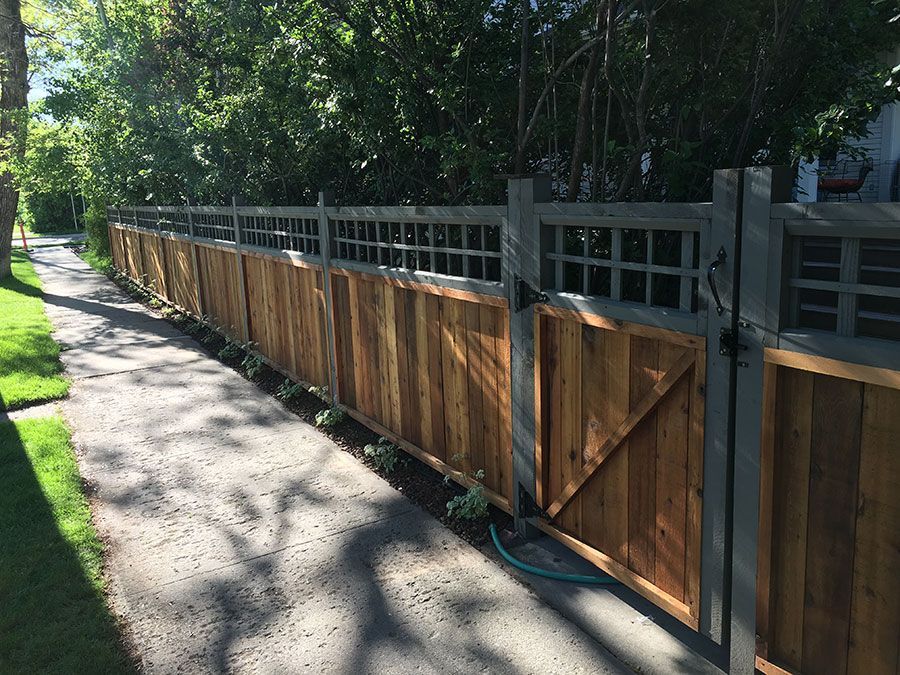Maintaining your fence doesn't always require a professional. With the right tools and a bit of know-how, you can handle many common issues yourself and save money. Here's how you can tackle basic fence care like a pro!
Tools You Need for Basic Fence Upkeep
Before you start fixing your fence, be sure to have the proper tools ready. Here’s a list of essential items for handling most DIY fence repairs:
- Hammer – A hammer is essential for securing loose nails or repairing broken fence boards.
- Screwdriver – Great for tightening screws in wooden or metal fences.
- Post Level – Ensures your fence posts stay perfectly vertical
- Paint or Stain – Protects wooden fences from weathering and enhances longevity
- Wire Cutters – Handy for trimming wire fences or cutting back overgrown plants
Step-by-Step Fence Repair Guide
Fixing a Loose Board
Fixing a loose or damaged fence board is easy and quick. Here's how you can do it:
- Use a hammer or screwdriver to remove any loose nails or screws.
- Align the board with the rest of the fence and secure it with new nails or screws.
- For added stability, add a corner bracket or reinforcement if necessary.
Tips for Sealing and Staining Wooden Fences
Sealing and staining your wooden fence is crucial for protection against the elements and preserving its appearance:
- Start by cleaning the fence well to remove any dirt, debris, and mildew.
- Pick a stain or sealant that is designed for outdoor use.
- Use a brush or sprayer to apply the stain, starting from the top and working your way down.
- Ensure the fence dries completely before you put it back to use.
Recognizing When You Need Professional Fence Help
Not every fence issue can be fixed with a DIY approach. While minor repairs like tightening screws or replacing boards are manageable, more complex problems may require a professional's expertise:
- Extensive structural damage, such as leaning posts or a sagging fence.
- Electric or high-security fences that require specialized knowledge.
- When weather damage compromises the fence’s structure, it’s best to get professional assistance.
If you’re not sure if you can handle a repair, it’s always safer to contact a professional. This can prevent costly mistakes and frustration.
